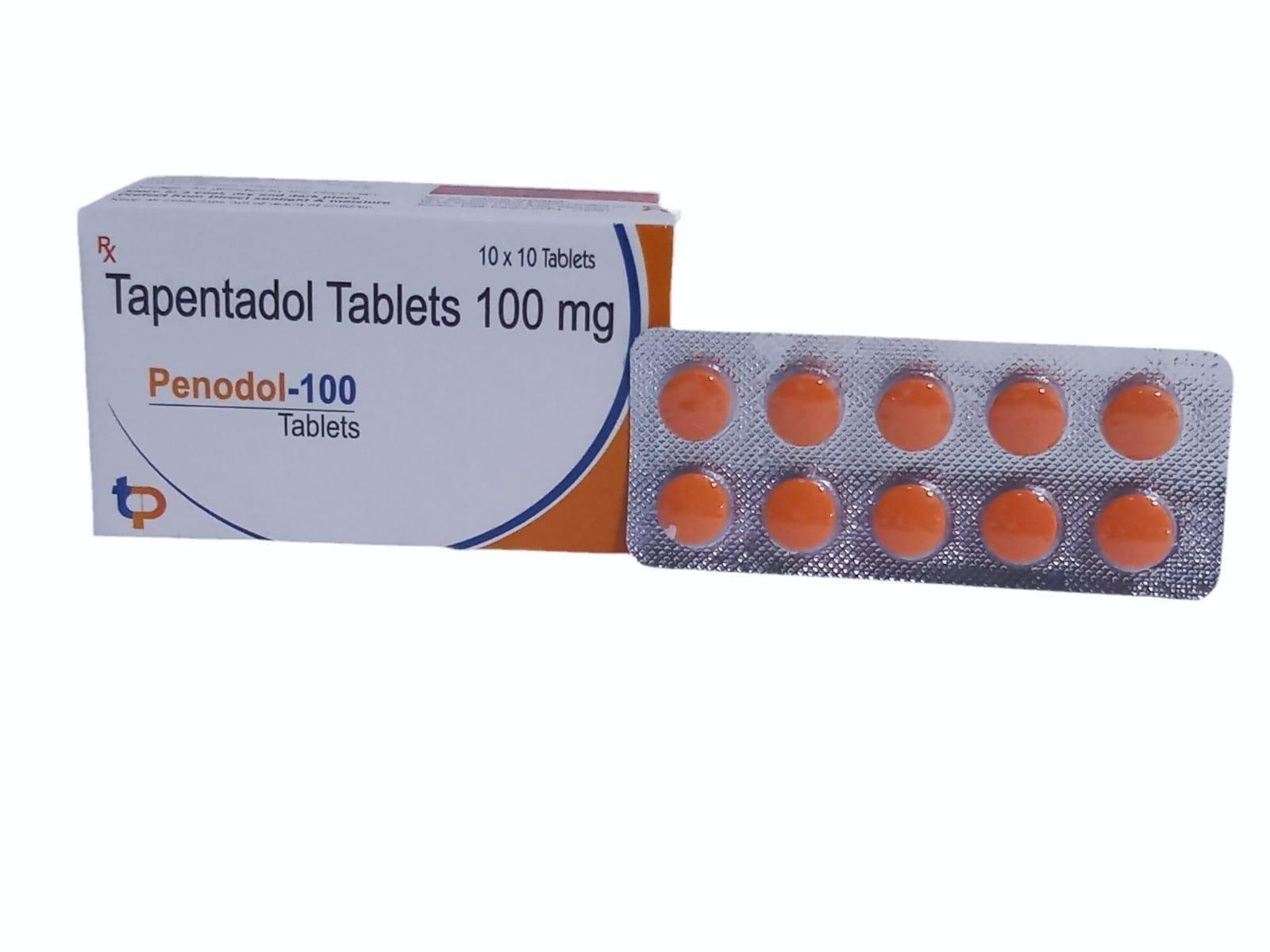The Role of Molecular Sieves in the Pharmaceutical and Chemical Industries in the US
The US molecular sieves market stands at an interesting intersection of opportunity and challenge. While industries increasingly demand efficient separation and purification solutions, technological limitations, cost concerns, and environmental responsibilities create complexities that manufacturers and end-users must navigate.
A primary driver for growth is the expanding industrial landscape, particularly in oil and gas, air separation, and clean energy sectors. Molecular sieves are relied upon for their unmatched adsorption capacity, helping remove impurities like water, carbon dioxide, and sulfur compounds. This makes them critical for enhancing process efficiency and ensuring product quality.
Natural gas processing plants, for example, use molecular sieves to dehydrate gas streams, protecting infrastructure from corrosion while improving operational performance. Similarly, oxygen concentrators in hospitals and nitrogen generation systems in manufacturing facilities are increasingly incorporating molecular sieves to meet purity requirements.
Hydrogen purification is an emerging frontier with substantial potential. Fuel cells, electric vehicles, and renewable energy storage systems require hydrogen streams free from moisture and contaminants. Molecular sieves provide an effective solution, allowing industries to meet regulatory and performance expectations.
However, not all developments are smooth. Raw material supply chains are vulnerable to price fluctuations, affecting production costs. The complexity involved in manufacturing uniform crystalline structures adds another layer of challenge, requiring significant investment in research and development.
Environmental concerns also weigh heavily on the industry. The disposal of spent molecular sieves can lead to waste management issues, prompting manufacturers to explore recycling and regeneration techniques. Additionally, the extraction and processing of raw materials for sieve production pose sustainability concerns that need addressing.
Competition from alternative technologies such as membranes, activated carbons, and other adsorbents further intensifies market pressure. While molecular sieves offer superior selectivity, emerging solutions promise lower costs or simpler operational requirements, requiring the market to continuously innovate.
On the opportunity side, government policies encouraging energy efficiency and pollution control present new avenues for growth. Incentives for adopting cleaner technologies, coupled with strict environmental standards, are expected to push industries toward sieve-based solutions.
Furthermore, advancements in material science are creating avenues for higher-performing molecular sieves. Researchers are developing sieves capable of functioning at extreme temperatures and pressures, expanding their applications into sectors like aerospace and advanced manufacturing.
The rise of digital monitoring and process optimization technologies is another opportunity. By integrating smart sensors with molecular sieve systems, companies can track performance in real time, reduce maintenance costs, and extend product lifespan.
In conclusion, the US molecular sieves market future is poised for growth amid complex challenges. Addressing cost pressures, environmental concerns, and competition will be essential, while innovations in material science and energy solutions promise exciting opportunities for those ready to adapt and evolve.








